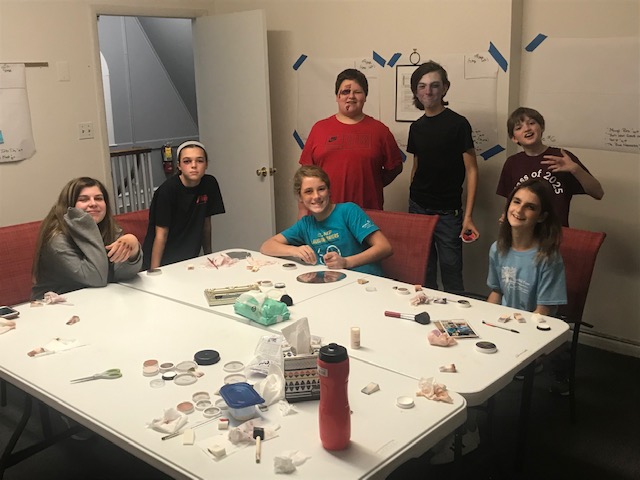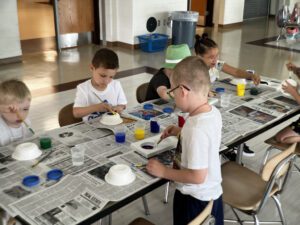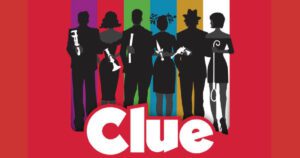In light of Abington School District being awarded the Outstanding Visual Arts Community for 2022-2023 from the Pennsylvania Art Education Association, I thought it would be an ideal time to lead with the arts tied directly to education. In an era dominated by STEM (Science, Technology, Engineering, and Mathematics) education, the significance of arts education often gets overshadowed. However, delving into the cognitive benefits of arts education reveals its indispensable role in holistic learning and development. Here’s a closer look at how arts education can positively impact cognitive functions and overall brain development.
Enhanced Creativity and Imagination: Arts education fosters creativity, allowing students to think outside the box and approach problems from different angles. This skill is not just limited to artistic endeavors but is crucial in many real-world scenarios, from business strategies to scientific innovations.
Improved Memory and Concentration: Engaging in artistic activities, whether it’s drawing, playing a musical instrument, or dancing, requires focus and concentration. Over time, this can strengthen memory and attention span, making it easier for students to absorb and retain information in other subjects.
Development of Critical Thinking Skills: Analyzing art, be it visual or performance-based, encourages students to think critically about what they observe. They learn to interpret and evaluate various elements, fostering a deeper understanding and honing their analytical skills.
Enhanced Motor Skills and Coordination: Activities like drawing, painting, or playing musical instruments can significantly improve fine motor skills. Dance and theater, on the other hand, enhance gross motor skills and bodily coordination.
Emotional Intelligence and Empathy: Engaging with the arts allows students to express and understand emotions, leading to increased emotional intelligence. By immersing themselves in characters or stories, they also develop a sense of empathy understanding perspectives different from their own.
Boosted Academic Performance: Numerous studies have shown a correlation between arts education and improved academic performance. The skills learned in the arts can be transferred to other subjects, leading to better problem-solving abilities, improved memory retention, and enhanced critical thinking.
Strengthened Neural Connections: Engaging in artistic activities stimulates the brain, forming new neural connections. This not only enhances cognitive functions but also promotes lifelong learning and adaptability.
Increased Cultural Awareness: Arts education introduces students to different cultures, histories, and perspectives. This broadens their horizons, making them more open-minded and appreciative of global diversity.
Promotion of Lifelong Learning: The arts instill a love for learning and exploration. Students who engage in arts education are likelier to become lifelong learners, always curious and open to new experiences.
Stress Reduction and Mental Well-being: Engaging in artistic activities has therapeutic effects. It serves as an outlet for expressing, reducing anxiety, and promoting mental well-being.
While STEM subjects are undeniably crucial today, sidelining arts education would be a grave mistake. The cognitive benefits of arts education are vast, contributing to the overall development of an individual. It’s high time we recognize and advocate for the integral role of the arts in shaping well-rounded, empathetic, and intelligent future generations.




